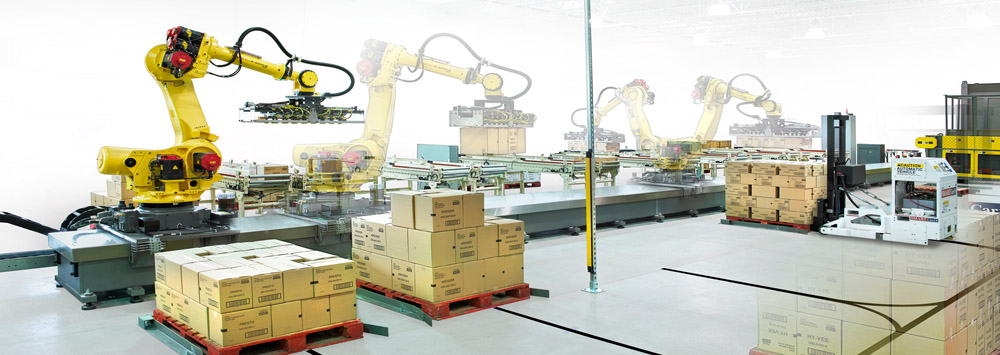As product lines become more diverse due to increased demand in specialty ingredients in multiple sized packages with private labeling, manual processes become both costly and time consuming. Many food processing plant managers are recognizing the benefits of automating previously manual processes to increase production and reduce labor costs.
Although the upfront costs can be a deterrent, there are three areas where automation can definitely increase throughput while reducing changeovers and labor costs:
- Recipe management — Instead of relying on paper recipe sheets that operators manually carry and reference when specifying weights and ingredients, the recipes are entered into the plant’s automation system with full batch sheets sent to the operator at the HMI. The operator can then set the equipment according to the weights and ingredients specified in the recipe. As ingredients are added, load cells (electronic weigh scales) on the cook kettles weigh the ingredients and compare against the batch sheet to ensure the correct amounts are being added, which also reduces user error.
- Packaging — Customer requests for multiple package types, sizes and labeling can result in significant downtime due to numerous changeovers. Many processes are automating their packaging systems including carton printing and case coding. Printers are programmed to code them all with the appropriate SKU, date, time stamp, and lot number. The system tracks the amount of cases produced and stores them for palletizing.
- Palletizing — Robotic palletizing improves speed and efficiency with the ability to build “truck-high” (100 inches) pallets versus “single-high” (50 inches) pallets, which are standard in manual palletizing operations. Truck-high pallets can be placed directly onto trucks, reducing the need for the warehouse to stack single-high pallets together via forklifts before they are moved onto the truck.
To learn more about automating the processes within your plant, email me at msmith@stellar.net.



